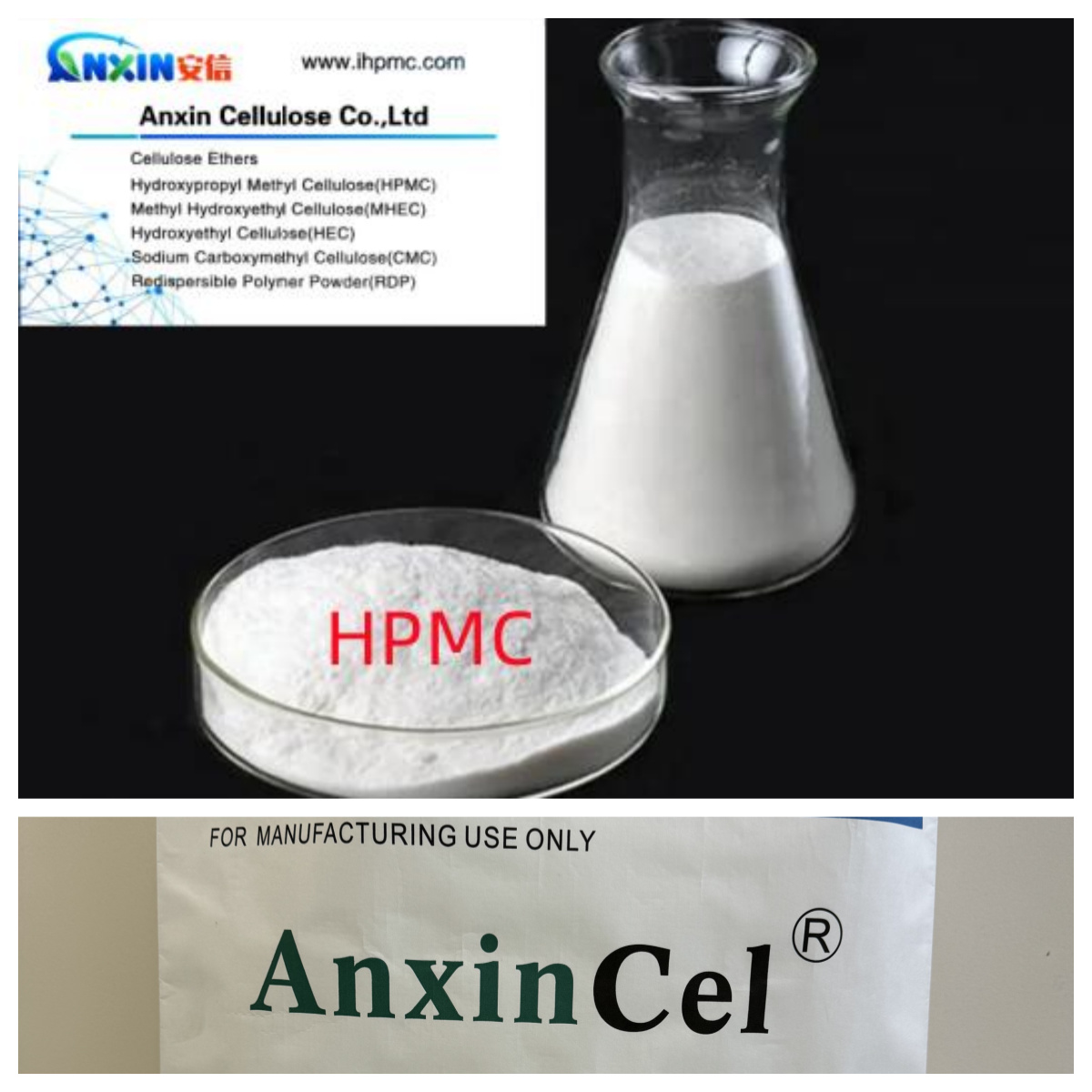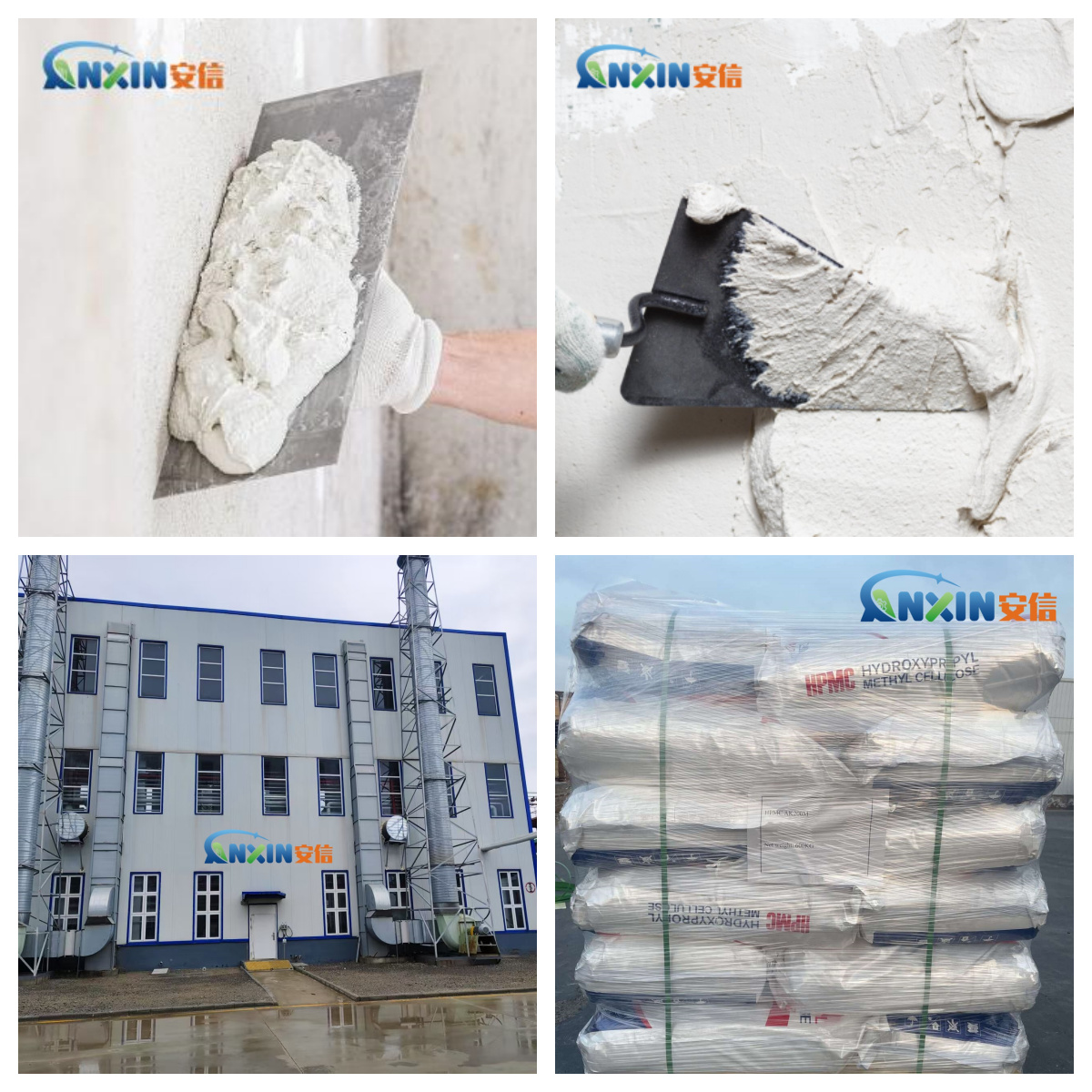Lightweight gypsum-based plaster is an environmentally friendly building material widely used in interior wall leveling, insulation systems and decorative base treatment. It is made of building gypsum as the main cementing material, supplemented by lightweight aggregates (such as perlite, vitrified microspheres, foam balls, etc.). Due to the characteristics of gypsum itself, such as fast coagulation and hardening speed, large shrinkage rate, and easy pulverization, in order to improve its construction performance and use quality, it is usually necessary to add a variety of additives to improve its performance. Among them, hydroxypropyl methylcellulose (HPMC), as an important functional cellulose ether, plays an irreplaceable role in lightweight gypsum-based plaster.
1. Basic properties of HPMC
HPMC is a non-ionic water-soluble polymer made by etherification modification of natural high-molecular cellulose. It has good water retention, thickening, lubricity, film-forming and suspension properties. It is often added in the form of powder to plaster, mortar and other dry-mixed building materials, and it swells and dissolves rapidly when it comes into contact with water to play a role.
2. The main role of HPMC in lightweight gypsum-based plaster
2.1. Enhance water retention and extend the operability time
Gypsum has a short initial setting time and strong water absorption, and is prone to rapid water loss during construction, leading to problems such as cracking and powdering. HPMC has excellent water retention and can form a uniform water film in the slurry, reduce the penetration of free water into the substrate, and delay water evaporation, thereby:
Ensure the complete hydration reaction of gypsum and improve the strength of the material;
Reduce shrinkage cracks and improve the apparent quality;
Extend the operability time of construction, improve work efficiency and construction adaptability, especially in high temperature and dry environments.
2.2. Improve construction and workability
HPMC can significantly improve the consistency and density of gypsum plaster, making its slurry smoother and more fluid. Specifically reflected in:
Easy to stir and apply, easy to apply;
Reduce material slippage and powdering;
Ensure the uniformity of plaster on the wall and improve surface flatness.
2.3. Improve adhesion and anti-sagging properties
HPMC can form a good physical adsorption film between the slurry and the substrate, improve the adhesion between the plaster and the wall surface, and thus effectively:
Reduce hollowing and falling problems;
Enhance the anti-sagging ability in vertical surface construction, making the material less likely to slide down, which is conducive to thick layer construction;
Help to form a smooth and dense finishing layer.
2.4. Adjust consistency and thickening effect
HPMC has good solution viscosity control ability. After dissolving in water, it forms a viscoelastic colloid system, which stabilizes the entire gypsum slurry, effectively prevents stratification and segregation, and improves the volume stability of the material. At the same time, according to the viscosity grade and addition amount of different types of HPMC, users can flexibly adjust the consistency of the plaster to adapt to different construction methods (such as manual plastering and mechanical spraying).
2.5. Improve crack resistance after construction
Lightweight gypsum-based plaster is prone to shrinkage cracks due to its light aggregate and large shrinkage rate. HPMC can reduce stress concentration and cracks by enhancing water retention, slow setting and flexibility. In addition, HPMC can also improve the deformation resistance of plaster, making it more suitable for different base environments.
3. Precautions for the use of HPMC
Addition method: HPMC is generally mixed with other powders as a dry mix component in advance. It is not recommended to add it directly to water and stir it to avoid agglomeration.
Dosage control: Excessive addition may lead to excessive coagulation time, reduced strength, and reduced adhesion. The generally recommended addition amount is 0.1%~0.5%.
Model selection: HPMC with different viscosities and substitution degrees should be selected according to product design to take into account both construction performance and finished product performance.
4. The significance of HPMC in promoting green building materials
Under the current trend of advocating energy-saving and environmentally friendly construction, lightweight gypsum-based plaster is increasingly used in green buildings due to its advantages of renewable resources, low carbon emissions, and good comfort. HPMC, as an indispensable high-efficiency additive in the formula of gypsum plaster, not only improves its performance, but also improves its construction efficiency and material utilization rate, reduces resource waste caused by rework, and is a key booster to promote the sustainable development of green building materials.
Hydroxypropyl methylcellulose (HPMC) plays multiple roles in lightweight gypsum-based plaster, including water retention, thickening, lubrication, anti-sagging and enhanced bonding, which greatly improves the workability, mechanical properties and service life of gypsum plaster. With the increasing demand for lightweight, energy-saving and environmentally friendly materials in the construction industry, the importance of HPMC in gypsum-based systems will become more prominent, and its technical value and market application space will continue to expand. The correct selection and use of HPMC will provide a solid foundation for improving the performance of gypsum plaster systems and ensuring the quality of construction projects.
Post time: Jul-03-2025

